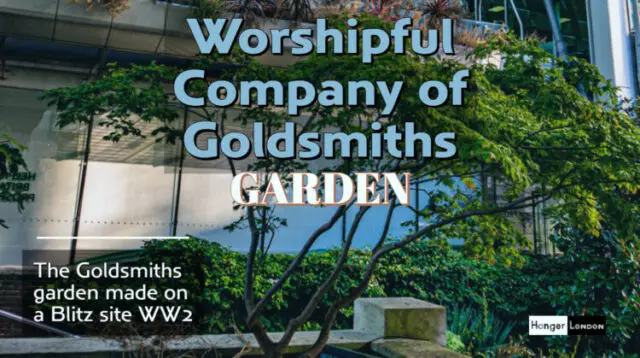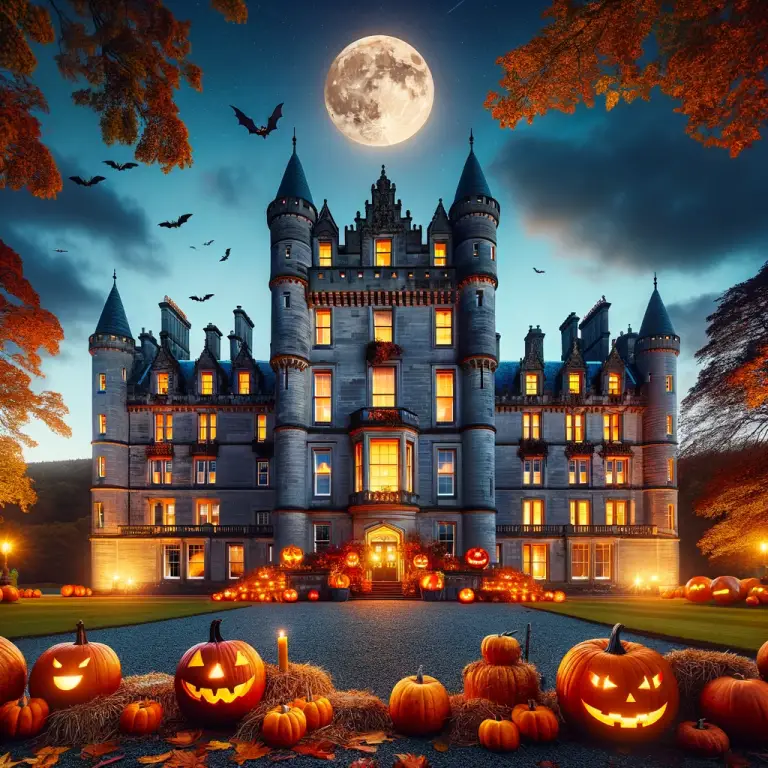The Goldsmiths’ Garden, located in the heart of the City of London, has a rich and fascinating history that dates back to the medieval era. The site was originally home to the St John Zachary church, which was built in the 12th century and dedicated to St John the Baptist.
Over the centuries, the church underwent several renovations and expansions, with the addition of a spire in the 16th century.
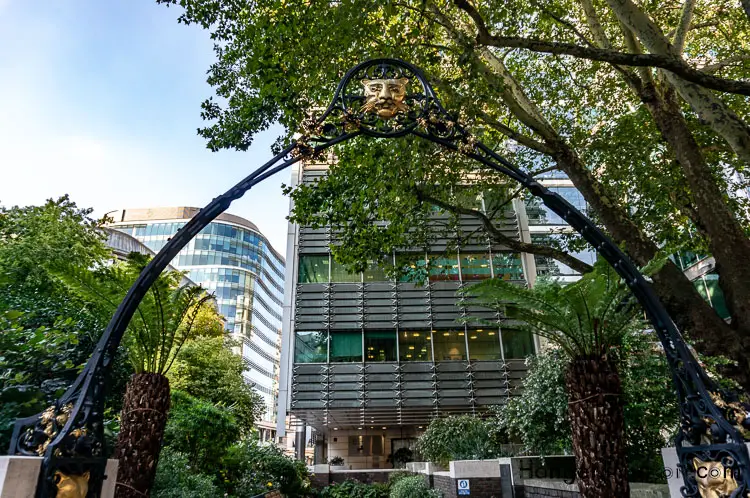
The garden is opposite Goldsmiths’ Grand Hall buildings in Foster Lane, on the corner of Gresham Street.
The Great Fire of London and St John Zachary church
The Great Fire of London in 1666 devastated the city, destroying countless buildings and landmarks, including the St John Zachary church. However, the church’s garden, now known as Goldsmiths’ Garden, was left untouched by the flames.
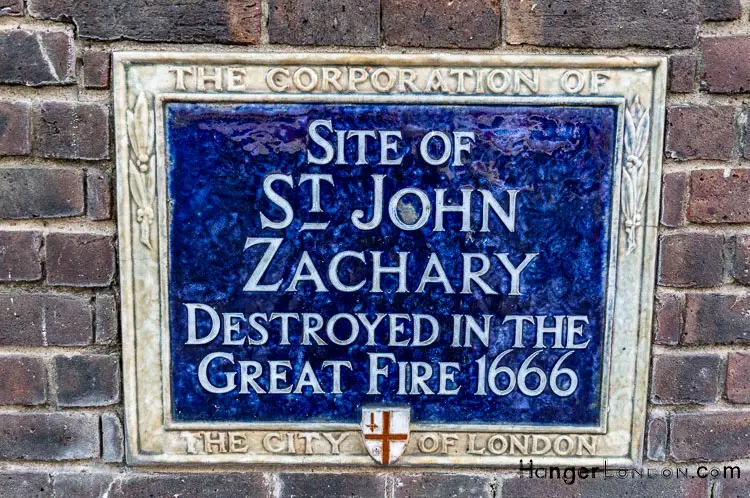
While the Great Fire of London was a tragedy that destroyed much of the city, the survival of Goldsmiths’ Garden is a testament to the resilience of the people of London and their determination to rebuild and create something beautiful out of the ashes.
After the fire, the garden became a popular spot for local goldsmiths to meet and socialise. They eventually purchased the land and turned it into a public garden, which was officially opened in 1880.
The London Blitz and Goldsmith’s Garden
During the Second World War, London was subjected to sustained bombing by the German Luftwaffe. The city was hit particularly hard during the Blitz, a period of intense bombing that lasted from September 1940 to May 1941. One of the casualties of the bombing was St John Zachary church, located in the heart of the City of London. The church was destroyed during an air raid, leaving only its tower standing.
After the war, the site of the church was turned into a public garden, which was named Goldsmiths’ Garden after the Goldsmiths’ Company, a livery company that had been associated with the church. Today, the garden is a peaceful oasis in the midst of the bustling city, featuring a small lawn, flower beds, and a fountain.
Although the church was lost, the tower of St John Zachary still stands in the garden, serving as a poignant reminder of the destruction that London suffered during the war. The tower is now a Grade II listed building and is one of the few remaining examples of medieval architecture in the City of London.
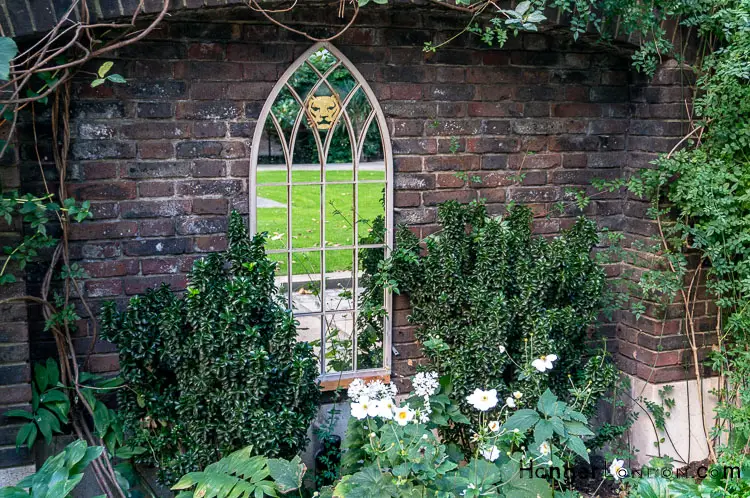
Out of the bomb damage in 1941, firemen laid out a garden. It became the Goldsmiths’ Garden and won an award in 1950 for the best garden on a Blitz site.
The Goldsmiths’ Garden is not only a beautiful space but also a testament to the resilience and determination of Londoners in the face of adversity. The garden is a fitting tribute to the memory of St John Zachary church and the people who lost their lives during the Blitz, and it stands as a symbol of hope and renewal in the heart of the city.
Redesign of the Goldsmith Garden by Ann Jennings
The Goldsmiths’ Garden, located in the City of London near St John Zachary church, underwent a significant redesign in 1995-96 under the supervision of landscape architect Anne Jennings. The garden’s redesign focused on creating a peaceful and tranquil space that would provide a welcome retreat from the bustling city.
Jennings incorporated a variety of plant species, including shrubs, flowers, and trees, to create a diverse and visually appealing landscape. The garden’s central feature is a circular lawn, surrounded by a gravel path that leads visitors through the garden’s various sections.
One of the most unique aspects of the Goldsmiths’ Garden is its historic artifacts. During the redesign, several archaeological finds were discovered, including a section of the original Roman wall that once surrounded the city. These artifacts were incorporated into the garden’s design, providing visitors with a fascinating glimpse into the area’s rich history.
The garden also features several seating areas, allowing visitors to relax and enjoy the tranquil surroundings. The garden’s peaceful atmosphere has made it a popular spot for lunch breaks and quiet reflection.
The Only Statue to Commemorate Newspapers
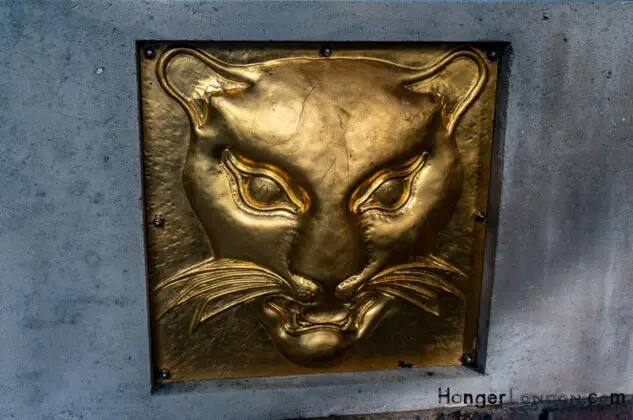
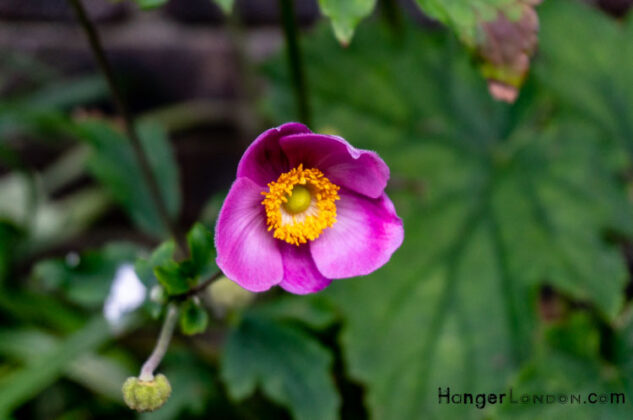
Wilfred Dudeney, a renowned artist, created a unique statue in the UK to commemorate the contributions of the newspaper industry. Titled “Three Printers,” the statue is the only memorial stone in the UK that celebrates the achievements of newspapers.
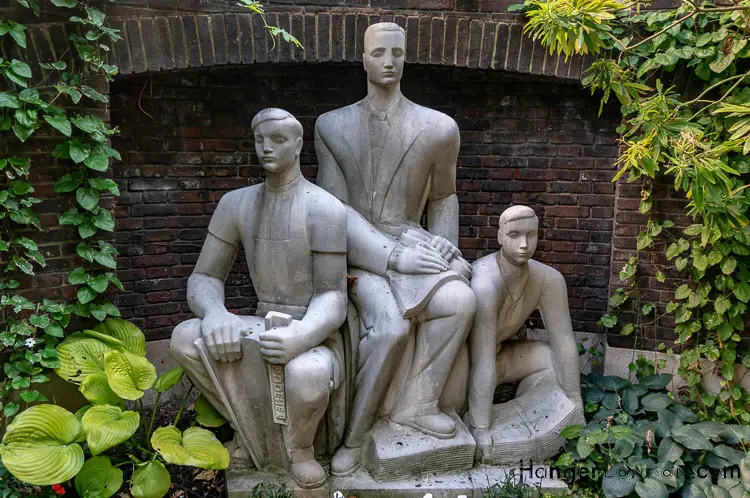
The statue features three life-size bronze figures of printers, each with their distinct expression of dedication to their work. The statue is situated outside the former headquarters of the Newspaper Publishers Association in London’s Fleet Street, which was once the heart of the UK’s newspaper industry.
The monument was commissioned by the Newspaper Proprietors’ Association in 1989 to mark the 500th anniversary of the first printing press in England. It is a tribute to the craft of printing and the newspaper industry’s vital role in shaping society.
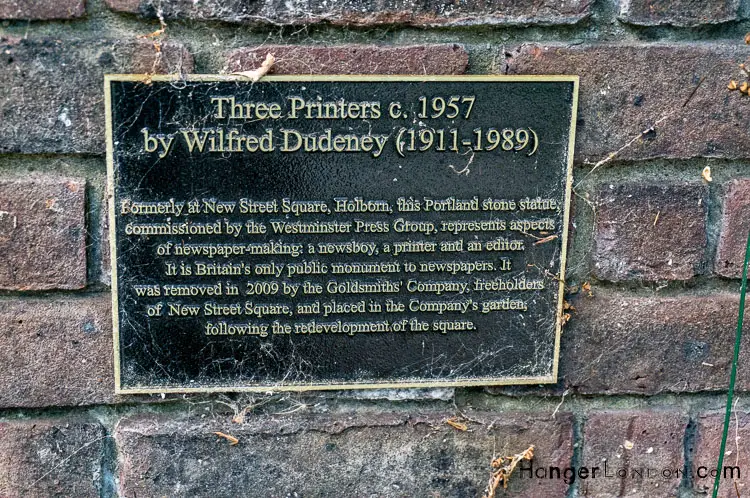
Dudeney’s statue has become a significant landmark in London, attracting visitors from around the world. It stands as a reminder of the importance of newspapers in the UK’s history and the dedication of those who worked tirelessly to produce them.
In summary, “Three Printers” is a unique statue created by Wilfred Dudeney to commemorate the contributions of the newspaper industry. Situated outside the former headquarters of the Newspaper Publishers Association in Fleet Street, it is the only memorial stone in the UK to celebrate the achievements of newspapers. The statue stands as a testament to the craft of printing and the vital role of the newspaper industry in shaping society.
The statue used to be in New Street Square in Holborn before being moved to Goldsmiths Garden in 2009.
Where can I find this interesting place?
Gresham Street, City of London, England, United Kingdom

